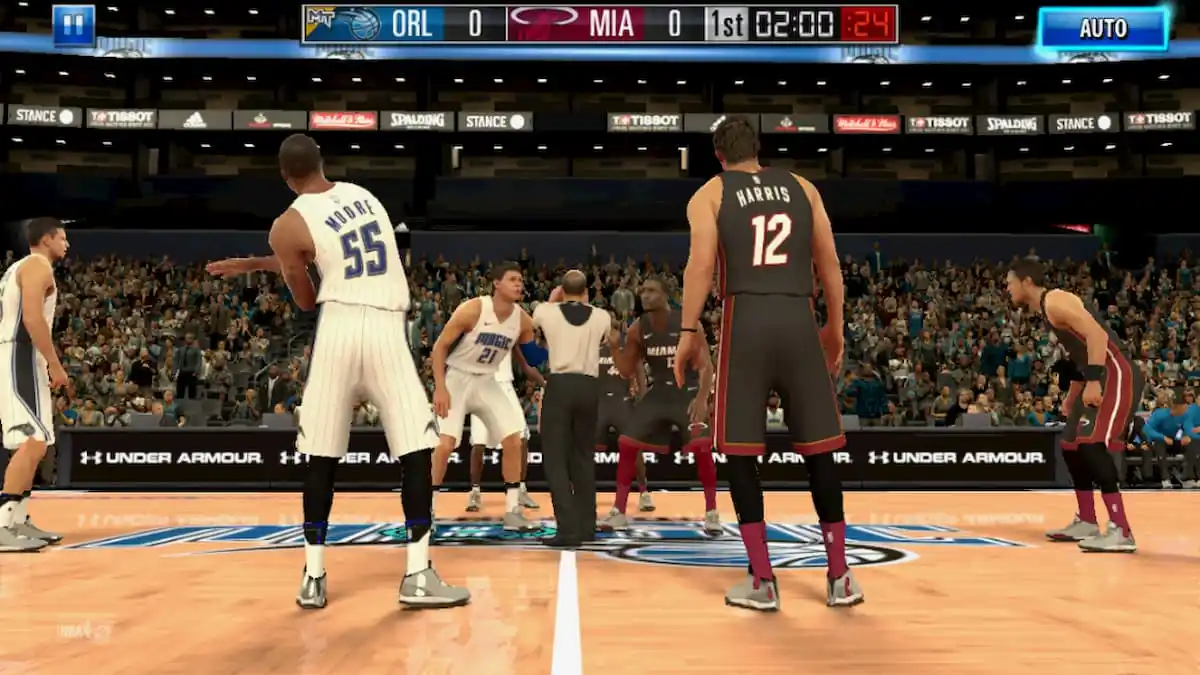Mordhau is a game with surprising depths and hidden complexity. Here are some tips about mechanics that may not be apparent at first glance.
The medieval combat genre is an interesting beast which has only two other real high profile entries to its name: For Honor, the more recent example, and Chivalry: Medieval Warfare, which Mordhau is a spiritual successor to. At first glance, it seems straightforward enough from the tutorial. You have strikes, combos (sometimes), parries, ripostes, attack morphs, feints, and a kick, all of which (besides combos, which we’ll get to) are available to any player with any weapon.
All of this is true, but the tutorial is misleading about several mechanics and completely omits others, assuming that any prospective player will be able to figure them out with enough trial and error. This is true to an extent; I didn’t need the tutorial to tell me I could sprint by holding Shift, for instance, but less true in other cases. None of these is more apparent than tip number one:
So How Do Ripostes Work Anyway?
This is a mechanic that was not apparent to me at first. On first getting into the game, things were relatively simple. Attack, sometimes feint or morph, parry my opponent’s attack and riposte for the kill. As the game went on and people got better, however, I found my ripostes were getting fewer kills. As fast-paced as the game is (and how similar to normal attacks ripostes are), it took me a while to notice that I was not just off my game or lagging (which is commonly the case, the servers are a bit unstable), but my ripostes were in themselves being parried. Yes, I will reiterate: ripostes are not unblockable in this game like in most melee combat games.
This chain can go on indefinitely unless one person runs out of stamina, leading to a lot of frustration about what is going on.
So what benefits do ripostes give you? The first is “hyper armor,” a term that should be familiar to fighting game enthusiasts. For those not in the know, it’s a term that indicates that the attack is now uninterruptible. Taking damage will not stop your riposte like it will a normal attack, leaving you able to power through an opponent’s strike and kill them if they don’t parry it in turn.
To aid with this, ripostes are also faster than normal attacks. Not by much, but enough to throw off your opponent’s timing and perhaps take the head off an overzealous opponent who tried to swing their faster weapon like a rapier to interrupt your longsword hit.
Given the chaotic nature of the game, you may then ask yourself how you’d even know if you properly riposted if the benefits are so relatively subtle. The answer: there is a blink-and-you’ll-miss-it screen indicator for it. If you’re not looking for it, it’s hard to notice, but your tiny white dot reticle will turn clear in the middle if you successfully riposte, giving you a good indicator for what the right timing is with each weapon.
In short, ripostes do:
- Become uninterruptible.
- Come out faster than a normal attack.
- Change your reticle to a clear circle.
They do NOT:
- Breakthrough blocks
- Do extra damage
This is the big one as far as unintuitive mechanics go, Understanding ripostes will go a long way toward changing your perspective on how combat plays out and why things happen as they do.
Now that we’ve talked about ripostes, what about parries?
How Do Parries Work?
This one is a bit less esoteric. Parrying erects an invisible shield around your character in a certain arc based on where you’re looking. It will block all attacks in that arc, which is why you can see people holding off crowds of three or more people trying to swing at once with a single block.
Mind that “in a certain arc” qualifier. Parries are not omnidirectional. They don’t block attacks from behind or even all attacks from the front. Keeping track of your opponent and where their character is looking is important in solo combat since on the offense it tells you roughly where their parry arc is and on defense tells you where they’re swinging. Getting hit from a “dead angle” (a strike hitting somewhere outside your parry arc) is a common cause of death.
This is why varying the direction, angle, and target of your attacks is important, and why it is useful to know that most people don’t wear heavy leg armor, so even a highly armored opponent often has a weak spot (they generally need to choose whether to go without a helmet, leggings, or good weapon).
Bonus tip: in a group melee where you’re ganging up on one guy with your buddies, stagger your attacks and come from multiple angles. Repeatedly parrying will wear down his stamina, and having no room to riposte without being hit by two to three successive attacks will make insane looking “one man army” kills an impossibility.
Peasant Weapons
A short one, but certain weapons only equipping the Peasant perk will unlock. These include the scythe and almighty frying pan, so if you were wondering how to unlock all these strange weapons you’ve seen people running around with, that’s it.
I call this one unintuitive just because it wasn’t obvious to me just from the perk’s text at first. It sounds as though it’s merely a “challenge mode” perk that limits your weapons, armor and maximum perk points on that mercenary to lesser ones, but the other unintuitive part is that Peasant weapons are surprisingly good. The scythe, for example, is equivalent in slashing damage to the zweihander but attacks faster at the cost of less range. There’s no real one to one mapping, and some of the weapons are just inferior versions of their non-Peasant equivalent, but most have their own merits that make them a more tempting option than just the novelty value.
Combos
As the tutorial teaches you, weapons can combo. Most weapons, anyway. There are a few weapons that cannot, ever, and a few more that can’t in certain modes. These are:
- Execution’s Sword (never combos)
- Maul (never combos)
- Bardiche (can’t combo in its alt mode, but can normally)
- Halberd (can’t combo in its alt mode, but can normally)
- Spear (can’t combo in its normal mode, but can in its alt mode)
This can be easy to miss even if you look at the Advanced stats, since so many weapons can combo, and the information on ability is tucked so low on the list of properties it can be easy to overlook. Each of these weapons has their own advantages that make up for the lack of ability to combo, but it can be confusing at first to pick up these weapons and notice your follow-up attacks feel a little slower than you feel like they should.
Shields
Shields block attacks even when not in active use. That’s pretty much all there is to it. This is not how most people would expect shields to work in a video game, but in Mordhau shields essentially make you immune to attacks from one side unless aimed very far above or below the user. This is part of what makes shield users so frustrating to play against, especially for new players.
Never attack a shield user from their shielded side, and you’ll find life a lot easier. While they can still parry, overheads, in particular, are useful against them as even when using their shield a well-timed overhead attack can crush their skull with a sufficiently heavy weapon (like the Maul). Kicks also work well, particularly after today’s patch which buffs the range of kicks against foes that are blocking. Enough kicks will drain the shield user’s stamina quickly and force them to either stop blocking for a time or lose the shield entirely. Either way, the advantage is yours.
And that about wraps things up, for now. Mordhau is a game with a surprising amount of mechanical depth, so I’m sure I missed some things, but these tips should hopefully help out any new players unsure of the exact details of how certain core mechanics function.






Published: May 16, 2019 12:05 am